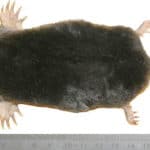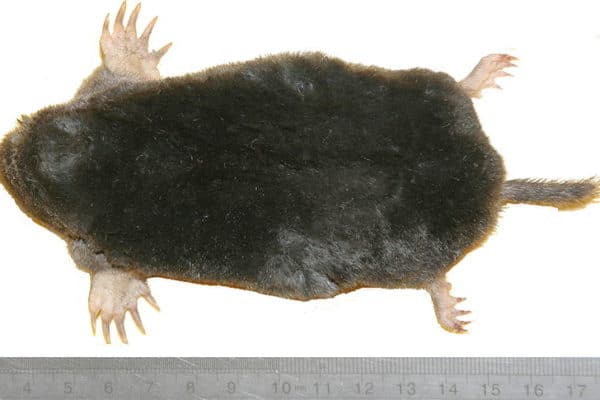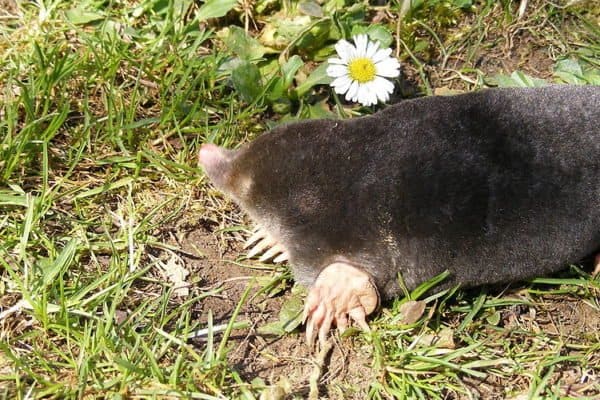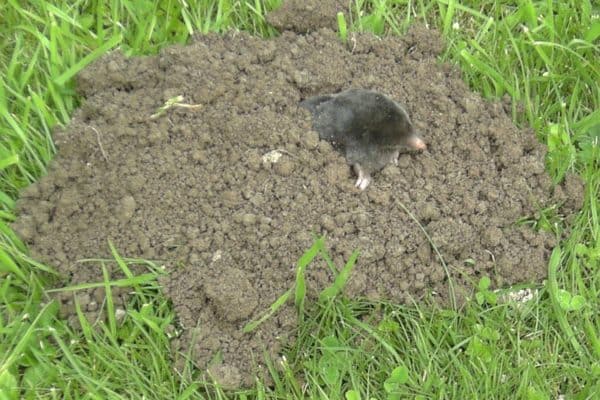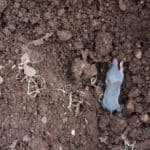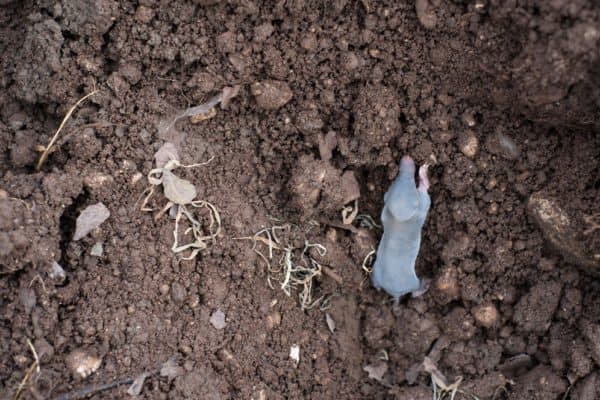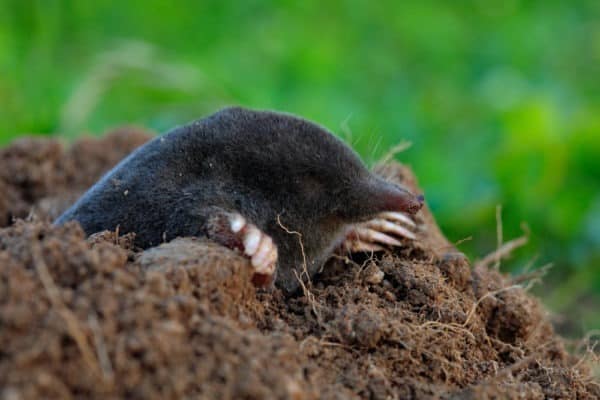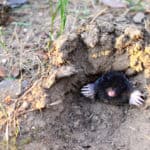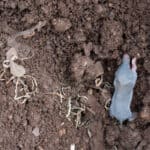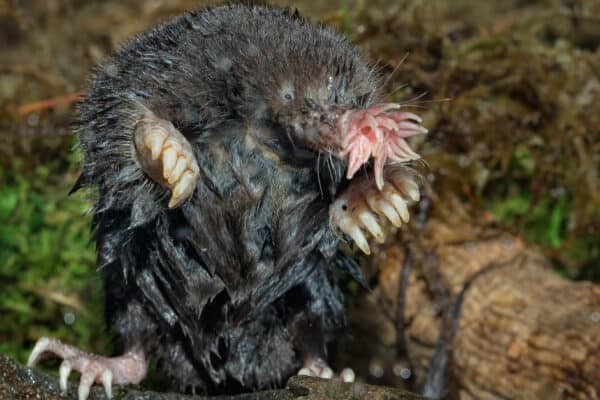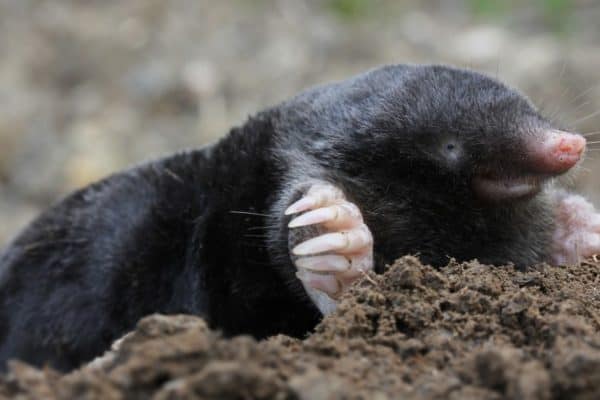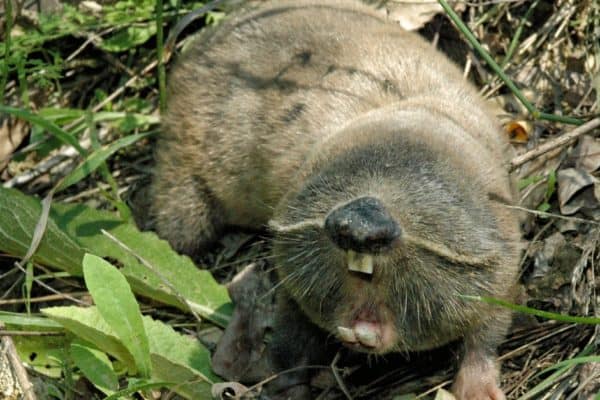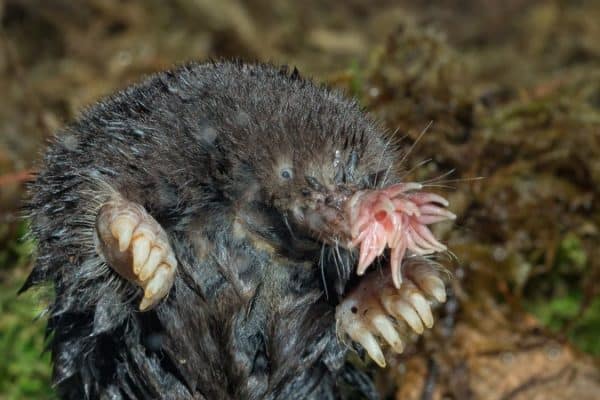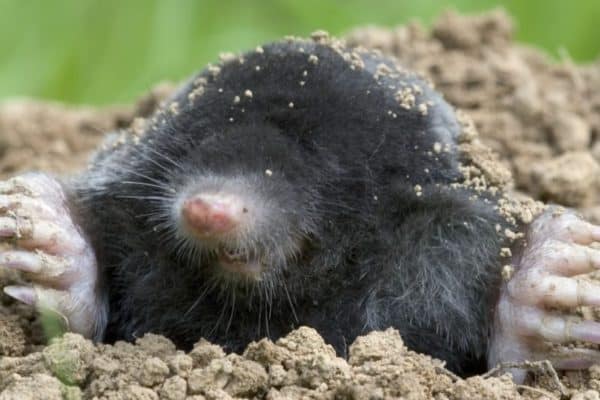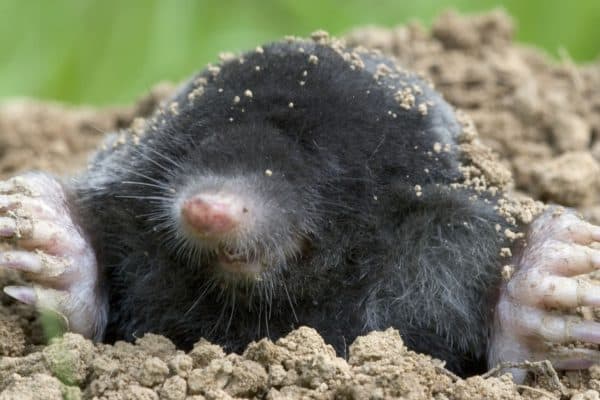Are you curious about moles and their fascinating subterranean world? Do you want to test your knowledge of these fascinating creatures? If so, then you’ve come to the right place!
This mole quiz is designed to challenge your understanding of these unique animals and their biology, behavior, and impact on the ecosystem.
From their diet and habitat to their life cycle and significance in the food chain, this quiz will cover a range of topics that will test your mole IQ.
So, grab a pencil and paper and get ready to put your mole knowledge to the test!
Diet and Habitat
Moles are insectivores and feed primarily on insects and earthworms, which they hunt by using their sensitive snout and sharp claws to dig through soil. They have a high metabolism, which means they need to eat frequently to maintain their energy levels.
Additionally, moles are found in a variety of habitats, including forests, fields, and lawns, but they are most commonly associated with moist, well-drained soils. They prefer areas with high populations of insects and earthworms, which provide a reliable food source.
Moles live underground, constructing extensive burrow systems for protection, foraging, and raising their young. The burrow systems can include surface tunnels, deep tunnels, chambers for food storage, and nest chambers. Moles are solitary creatures and only come to the surface occasionally to forage for food or mate.
What is the Lifespan of a Mole?
Moles have a relatively short lifespan, typically living for 2-3 years in the wild. In captive environments, they have been known to live up to 5 years. During their lifetime, moles go through several stages of development, including egg, larval, and adult stages.
After mating, female moles give birth to litters of 2-5 young, which are born blind and helpless. The young moles grow rapidly, reaching adult size within a few months. At this point, they are capable of foraging for food and establishing their own burrow systems.
Moles are solitary creatures and live alone, except during the mating season. They are active year-round and do not hibernate. Their underground lifestyle and burrowing habits provide protection from predators and harsh weather conditions, allowing them to survive in their chosen habitats.
Evolution and Origins
Moles belong to the family Talpidae, which includes a diverse group of burrowing mammals found throughout the world. Fossil evidence indicates that the earliest moles evolved over 60 million years ago and have undergone relatively little change since that time.
Moles are well-adapted to their subterranean lifestyle, with powerful front feet and sharp claws for digging, small eyes and ears, and a streamlined body that helps them move easily through the soil. These adaptations have allowed moles to successfully colonize a variety of habitats, from forests and fields to lawns and gardens.
Despite their adaptations, moles have faced numerous challenges over the course of their evolution, including competition for food and threats from predators.
To counteract these challenges, moles have developed a variety of behaviors and adaptations that have allowed them to thrive, including the creation of extensive burrow systems, a high metabolism, and a solitary lifestyle.



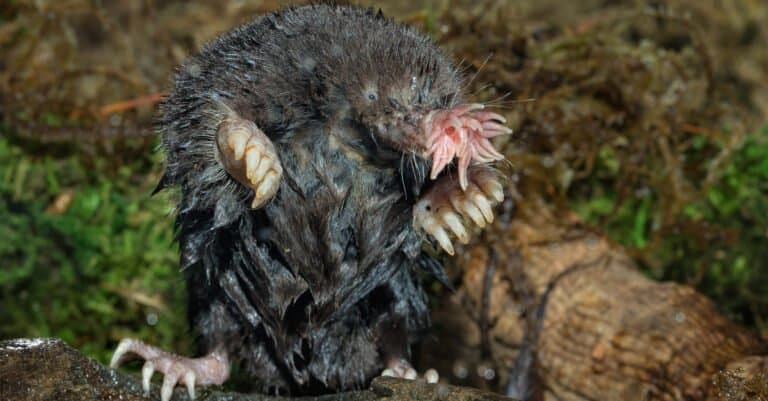

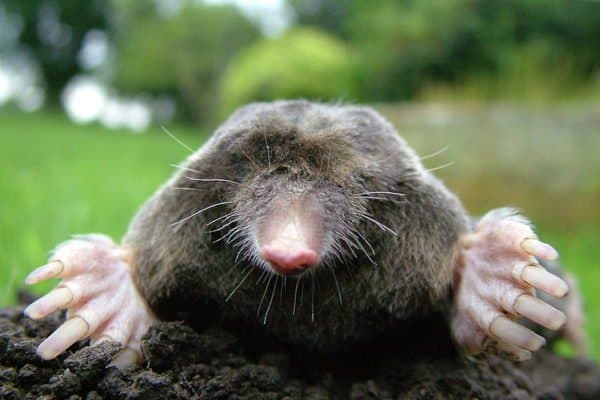
 Mikiwikipikidikipedia at en.wikipedia / Creative Commons
Mikiwikipikidikipedia at en.wikipedia / Creative Commons